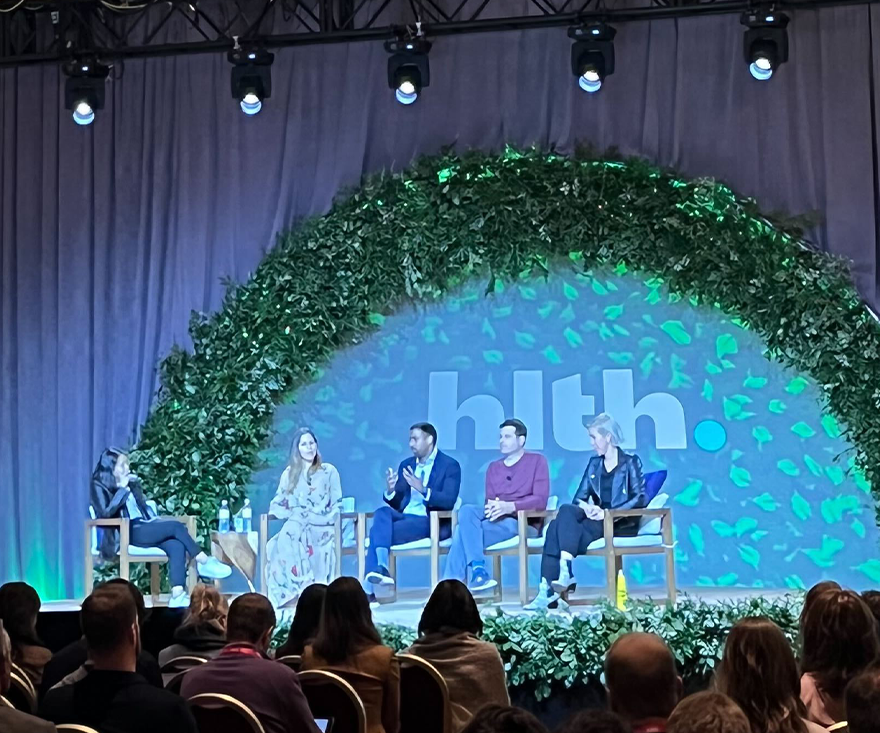Big announcements from such tech firms as Amazon, Epic, Google, and Uber got a lot of play at this week’s HLTH conference in Las Vegas. And there were no shortages of other stories, including how inflation and fears of a recession are impacting access to capital. We sat in on a number of sessions at the conference, which drew nearly 12,000 attendees, that zeroed in on how the industry can improve access issues for underserved populations, people with mental health needs, and women.
1. Health Equity
The industry needs a more sustainable model for underserved communities, Rina Shah, Group Vice President, Pharmacy of the Future and Healthcare Segments, Walgreens Boots Alliance, said. She noted that nearly 50% of Walgreens locations are in low-income and/or underserved communities. In its partnership with VillageMD, Walgreens has pledged that more than 50% of their clinics will be located in medically underserved locations. Forging partnership with community-based providers, Shah said, is essential to shift the model to help patients that need care the most. Large organizations and incumbents don’t need to own the solution, Shah suggested, they just need the right partners to drive forward to make an impact.
Beyond access, Zak Holdsworth, Co-founder and CEO of Hint Health said, the problem of health equity grows when people “don’t have trust in the experience.” Improving the experience outside of the healthcare universe and reconnecting and building trust with patients is an essential element. That will become especially important as more care is pushed to the virtual realm. Providers can’t afford to make that a transactional relationship, which would further drive a wedge between patients and doctors.
2. Addressing Women’s Health
"Women drive 80% of healthcare spending decisions in the US. It's astounding that the core customer of healthcare has not had a primary care service designed for her, by her, until now," Robin Berzin, MD CEO of Parsley Health, said. Her goal at Parsley Health is to create a more wholistic care journey for women that starts with primary care and addresses the root causes of chronic conditions. Using digital health and meeting customer needs is a growing opportunity across the healthcare landscape. Parsley said it was expanding access to its value-based model. Meanwhile, virtual care provider Maven Clinic announced a $90 million round of financing to further its reach.
3. Perspectives on Scaling Behavioral and Mental Health
Healthcare is a service business, and if you’re touching people it will make an impact, Liam Donohue, Partner, .406 Ventures, said. “When clinicians or coaches are helping a family or patient they’re really in it to help.”
In the mental health sector, leaders struggle with the question of how to retain and build trust and relationships with general practitioners to be a trust provider. Being honest about the care, responsiveness, and ensuring people are engaged with the process are critical,Donohue added.
Meanwhile, Florian Brand CEO and Co-founder of ATAI Life Sciences, suggested that digital therapeutics can play a major role in improving access to care. There is a shortage of mental health professionals, but the use of technology can optimize a therapist’s time and psychedelics open up doors for behavioral change.
